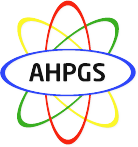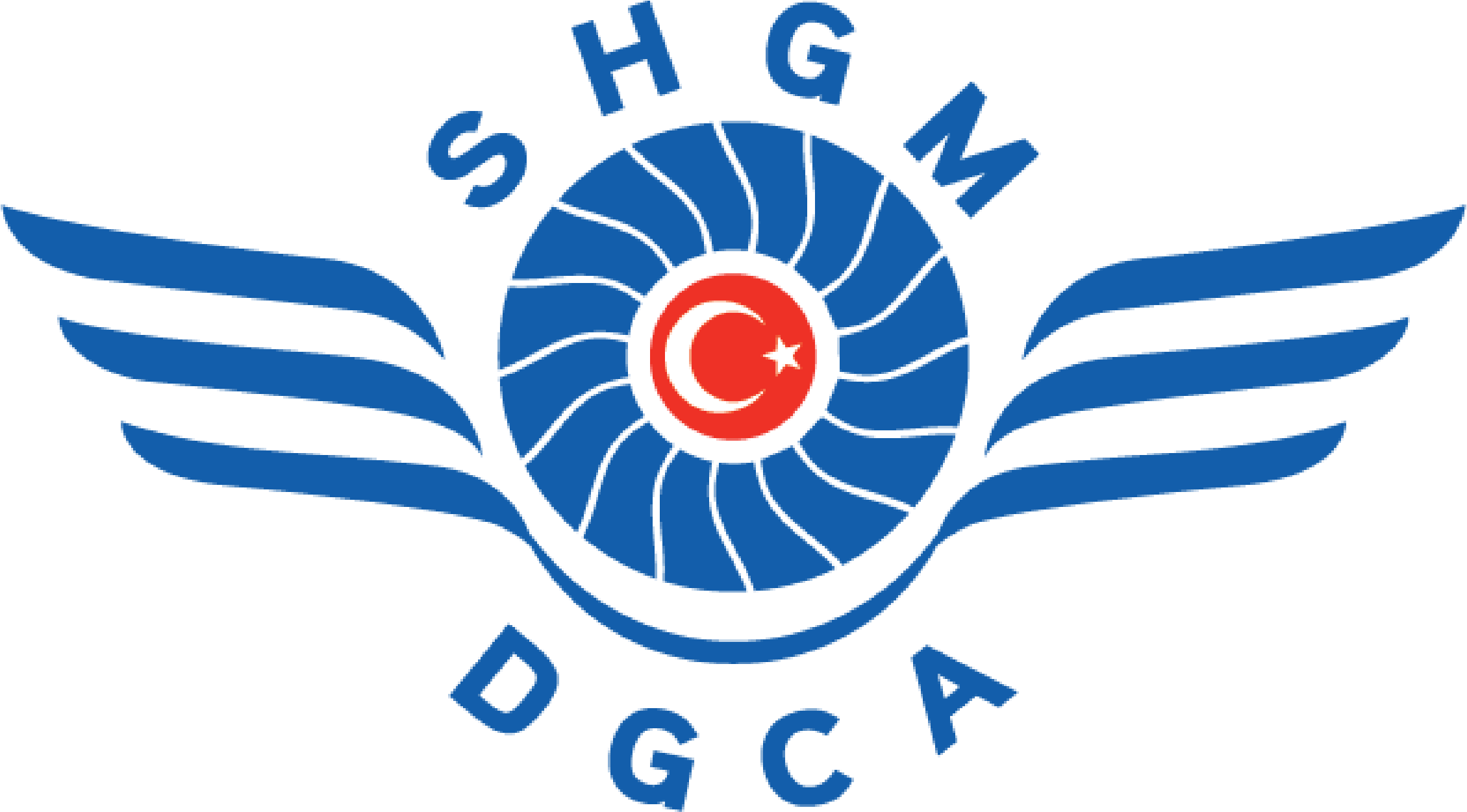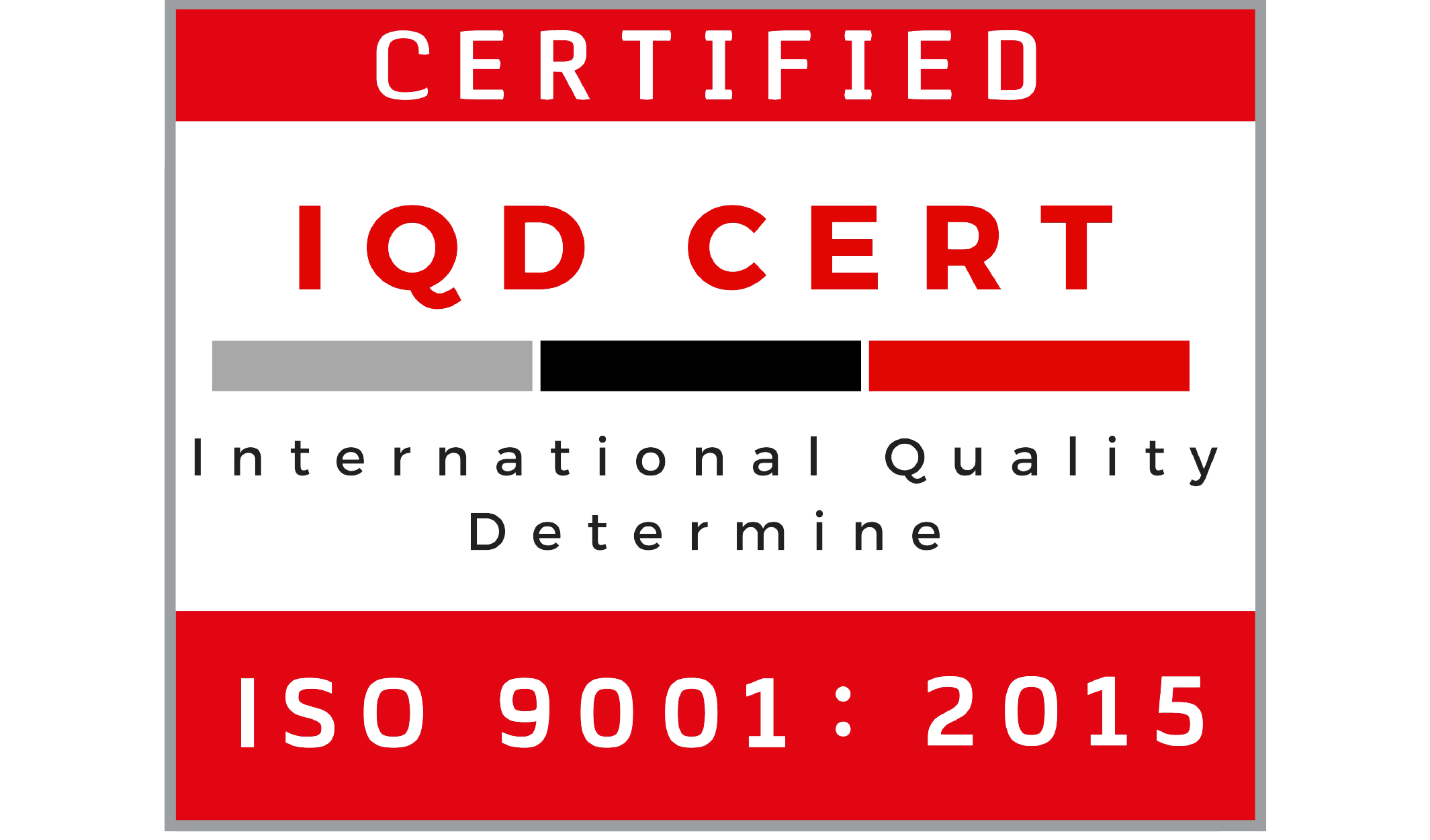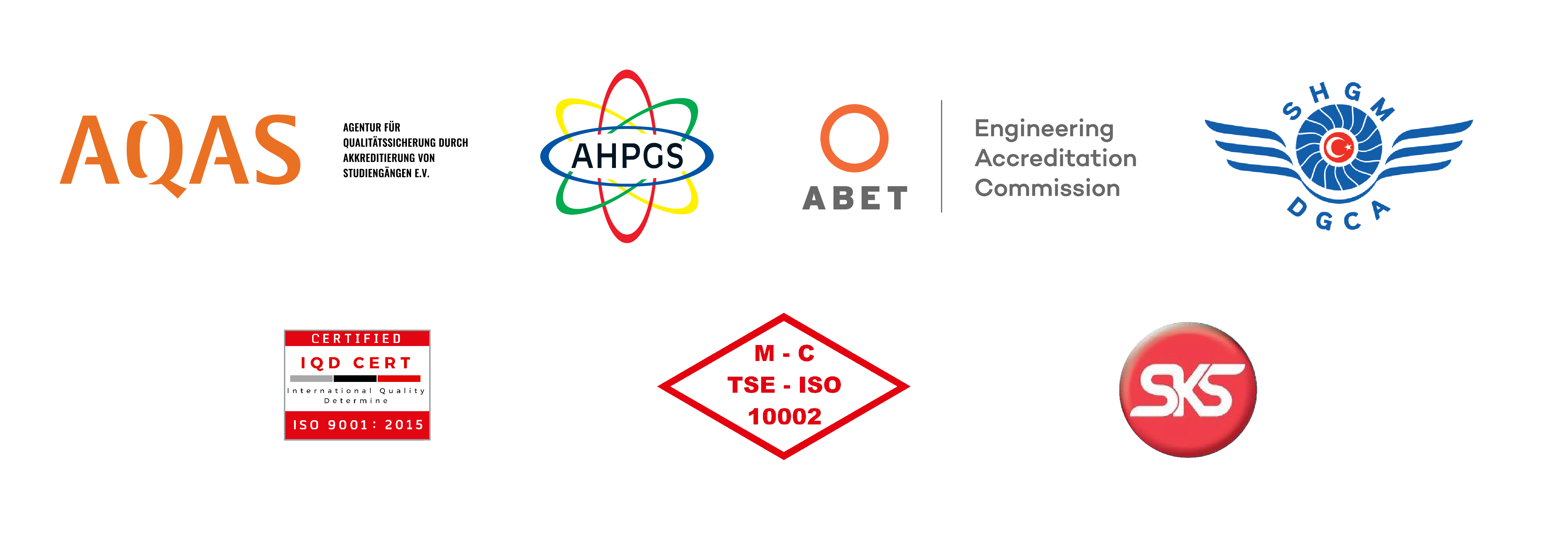What are the symptoms and treatment methods of speech disorder in children?
Listing the symptoms and treatment methods of childhood Apraxia of speech (speech disorder), Lect. Betül Özsoy Tanrıkulu said: “A child suffering from apraxia should definitely work with a language and speech therapist. These children may also experience other skills that are not related to language and speech.”
“CHILDREN KNOW WHAT THEY WANT TO SAY”
Mentioning that speaking is basically a complex skill consisting of a series of motor movements,
Lect. Betül Özsoy Tanrıkulu from Istanbul Gelisim University the Department of Language and Speech Therapy spoke: “To be able to speak, the messages designed in the brain must move the vocal muscles and the organs that shape the sounds we call articulators through the motor nerves. These messages tell how and when to move in order to make muscles sound. In a child with apraxia, there is a problem with the correct transmission of these messages. Even if there is no dysfunction or weakness in their muscles, the child may not be able to move their lips or tongue properly. The child actually knows what he wants to say, but not how to say and cannot plan. In other words, the problem is not how the child thinks, but how the brain tells the oral muscles to move.”
“THEIR DEVELOPMENT MAY BE WITHOUT ANY PROBLEM”
Stating that childhood apraxia of speech is also called verbal dyspraxia or developmental apraxia, Tanrıkulu said: “Although the word ‘developmental’ is used, these children may not have any problems with their development. A child with apraxia may not learn speech sounds in a typical order, may not progress without language and speech therapy, but the speech development may occur normally.”
WHAT ARE THE SYMPTOMS OF CHILDHOOD APRAXIA?
Stated that not every child with apraxia has the same characteristics and said: “These children may show some or all of the symptoms”, Tanrıkulu listed the symptoms as follows:
They don't always say words the same way.
Uses emphasis in speech incorrectly. (Incorrect syllable or word stress)
Reproduces or changes speech sounds incorrectly. Pronunciation errors are inconsistent. (Especially in the production of consonant sounds, there is difficulty.)
As the length of the word increases, the difficulty of speaking words increases.
There may also be a delay in speaking.
Tanrıkulu spoke: “If the child is older than 3 years old and shows some or all of these symptoms, a language and speech therapist should be consulted. These children may also experience other skills that are not related to language and speech. Difficulty in fine motor skills (pen holding, etc.), difficulty in learning to read and write are the most common problems.”
WHAT IS THE REASON OF CHILDHOOD APRAXIA?
Stating that the cause of the disorder is mostly unknown, Tanrıkulu said: “In some cases, damage to the brain (traumatic brain injury, genetic disorders or syndromes, etc.) can cause apraxia.”
EVALUATION OF CHILDHOOD APRAXIA
Emphasizing that evaluation of childhood apraxia is also a team work because it can be related to neurogenic origin, Lect. Betül Özsoy Tanrıkulu stated: “The purpose of the evaluation is to make a diagnosis and to establish the necessary treatment plan. The language and speech therapist is responsible for the assessment and diagnosis of speech at this point. However, this diagnosis is not a medical diagnosis. Medical diagnosis is made by other related physicians and specialists (to diagnosis disease such as brain damage, any genetic syndrome).”
TREATMENT IN CHILDHOOD APRAXIA
Emphasizing that a child with apraxia should practice with a speech and speech therapist, Lect. Betül Özsoy Tanrıkulu said: “The frequency of therapy is determined by the child’s need. Usually, experts prefer to intensify therapies and decrease the frequency as speech improves. In addition to individual therapies, group therapies can be organized in the later stages of the therapy. A language and speech therapist working with a child with apraxia; s/he tries to help the child speak sounds, words and sentences more clearly. Accordingly, the main goal in apraxia therapy is to increase the voluntary control of the necessary articulatory movements for the child to perform speech .Since the problem is not caused by muscle weakness, exercises in this direction will not be useful. Instead, it would be more effective to work on how to move these muscles to articulate the sounds. In addition, when the child learns how to sound, the use of all the senses (auditory, visual, tactile, etc.) will help the child in the process by providing a clue to her/him.”
FAMILY SUPPORT IN LANGUAGE AND SPEECH THERAPY
Lecturer Betül Özsoy Tanrıkulu from Istanbul Gelisim University Language and Speech Therapy Department ended her speech as follows:
“In language and speech therapies, it is critical for the family to collaborate with the therapist and support the therapies. Especially in motor skills, the number of repetitions performed for the realization of learning plays a big role. Therefore, the importance of family support also increases here. Treatment of childhood apraxia takes time. More importantly, the child needs to be supported in this process. In order for the child to progress, the family should also practice the studies recommended and taught by the therapist during language and speech therapies in non-therapeutic settings.”
.jpg) Created Date: : Tuesday, May 19, 2020
Created Date: : Tuesday, May 19, 2020
.jpg) Created Date: : Tuesday, May 19, 2020
Created Date: : Tuesday, May 19, 2020







